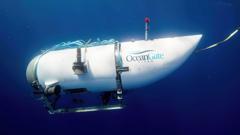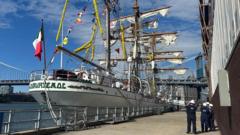In June 2023, OceanGate's Titan submersible tragically imploded while attempting to reach the wreckage of the Titanic, resulting in the deaths of all five passengers onboard, including OceanGate's chief executive, Stockton Rush. A recent report from the US National Transportation Safety Board (NTSB) attributes this disaster to severe flaws in engineering and a lack of rigorous testing protocols.
The NTSB concluded that the engineering processes engaged by OceanGate were inadequate, leading to the Titan not meeting required standards for strength and durability. This lack of due diligence ultimately resulted in a failure to recognize that the vessel was damaged and unfit for its final voyage.
During the investigation, it was revealed that OceanGate failed to test the Titan adequately to ascertain its actual strength, further compounding the risk of disaster. Reports of a problematic safety culture within the company surfaced, with some employees reporting that concerns about safety—especially regarding design—were routinely overlooked.
The Titan was designed to carry up to five passengers down to the depths where the Titanic lies, approximately 12,500 feet below the surface, yet during its ill-fated excursion, it imploded at a depth of about 11,000 feet.
The NTSB report also criticized the company's business model of designating paying clients as 'mission specialists' rather than passengers, which does not align with U.S. regulations regarding the transportation of individuals in experimental submersibles.
As a result of this incident and the findings from the NTSB, OceanGate has ceased operations, and authorities are now considering revisions to safety regulations regarding submersibles. Furthermore, the NTSB has recommended a comprehensive study of pressure vessels like the Titan to enhance oversight and safety standards for future explorations.




















